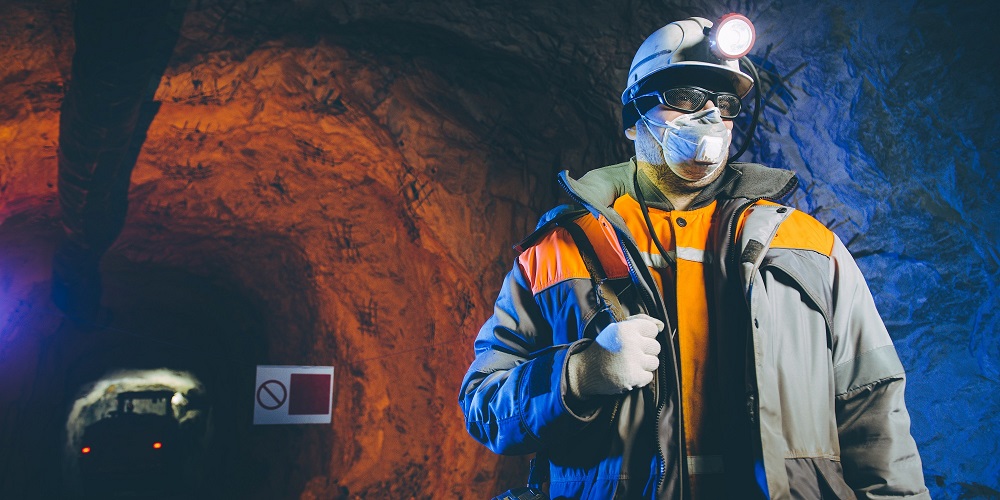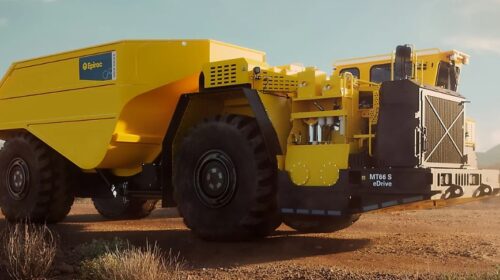How the latest technology is driving safer, more sustainable, and optimised underground mining
The mining sector is notorious for being slow when it comes to embracing new technology. Mining is a cyclical industry, so organisations have been wary of making big changes, but trends suggest that this could be changing. According to the Mine-Site Technology Adoption Survey, 2022 Update analysis from GlobalData, 39% of mines are expected to invest in battery electric vehicles in the coming two years, compared with only 23% in the Q4 2020 survey.
So, what is pushing this increased interest in battery electric vehicles? Decarbonisation is one clear factor, with sustainability being a pressing global issue. Other growing investment areas in mining technology, such as management software, collision avoidance, fatigue detection, and predictive maintenance, imply that mines are increasingly looking to utilise technology for safety and optimising productivity.
With diesel vehicles accounting for 30% to 50% of greenhouse emissions at a mine site, replacing them with a battery-electric fleet is a sure way to drastically reduce overall CO2 emissions, but how else can mines benefit from this technology?
Leading underground manufacturers Normet believe the answer lies with SmartDrive. This architecture for battery electric vehicles (BEV) was developed in collaboration with customers, building on feedback, predicting future trends, and assessing the limitations of diesel engines, and comes with a wealth of benefits for operators.
Mining fire hazards are significantly lower
According to Mark Ryan, vice president of equipment offering and new technology at Normet Group: “Looking at underground fire statistics, there’s a paper written by the University of Queensland in 2018. It highlighted the main causes of fires underground, and 46 of 80 cases were caused by the diesel engine due to the huge amount of heat that they generate.”
This heat comes from the exhaust manifold and turbochargers, which are eliminated with battery-electric technology. Additionally, SmartDrive removes the need for fuel load, which would normally carry up to 300 litres of fuel. Overall, this drastically reduces the risk of fire.
Less CO2 and a safer work environment
According to Ryan: “We talk a lot about CO2 and the environment. But underground, people often forget about diesel particulate matter and how harmful that is to people.”
The International Agency for Research on Cancer (IARC) classifies diesel engine exhaust as carcinogenic to humans, based on sufficient evidence that it is linked to an increased risk of lung cancer. The World Health Organisation warns people living in heavily populated areas that diesel engine exhausts are linked to lowered life expectancy above ground. Underground enclosed spaces pose a much high risk. Replacing diesel vehicles with SmartDrive BEV vehicles removes these dangerous fumes and drastically improves air quality underground.
Save money and energy with less ventilation
Currently, to keep the air as clean as possible, mines invest a lot of money in the infrastructure for ventilation systems and the energy required to run them. With battery electric vehicles, considerably less ventilation is required with cleaner air and lower temperatures.
“The millions of dollars that they need to spend on creating exhaust shafts is dramatically changed,” Ryan explains. “We’re often asked if it is a lost cause for customers that are currently running diesel to switch to BEV. I would say no, because usually the trend is that our customers are going deeper.
“If they decide to adopt BEV equipment such as SmartDrive, as they go deeper, they will still see the benefits with regards to the ventilation requirements. In some cases, we’re already seeing that because they can save money on infrastructure, energy, ventilation, and operations that we once considered to be too expensive become viable again.”
Reducing noise pollution by 80%
Reducing the noise of heavy vehicles has a number of benefits, especially for tunnelling operations in populated areas where there may be noise restrictions in place. A quieter work environment is also good news for the underground workers.
“With SmartDrive, we’re seeing 80% less noise and 55% less vibration compared to a diesel equivalent,” says Ryan. “We all understand that body vibration can cause fatigue and headaches, and when you have very tired people, you have the potential for accidents. It’s the same with noise; if you’re exposed to very high noise levels every day, it can have long-term effects on your health.”
When it comes to reduced heat and better air quality, as well as less noise and vibration, Ryan goes on to add that the difference really cannot be appreciated until you have experienced both environments; it’s an entirely different working experience.
Smart Technology is more efficient and requires less maintenance
“Electric motors are pretty much maintenance-free,” Ryan explains. “The components that make the machine move are far simpler than the diesel equivalent, so we’re seeing a lot of opportunities with regards to cost per hour benefits. Additionally, if we compare diesel to electric, we see an increase in ramp speeds and cycle times.”
In fact, SmartDrive technology boasts more than a 100% increase in uphill tramming speed, fast acceleration, and up to 25% faster cycles, as well as fast charging capabilities and up to 50% energy recuperation in downhill driving.
More companies want a sustainable supply chain
Ryan adds: “We’re enabling and helping our customers to potentially be able to achieve their CO2 targets. It’s becoming more of a trend for people to want minerals to be produced in a sustainable way, and we see that we’re very much part of that discussion, which we are very excited about.”
![]()





